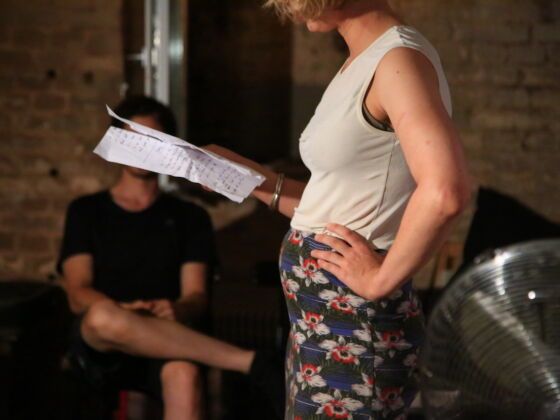GETTING PUBLISHED AS A FREELANCE WRITER or photographer doesn’t require natural-born talent, expensive equipment, a large down payment, nor a high alcohol tolerance.
What is required is persistence and patience. Whether you’re a famous freelancer or fresh out of high school, the need for persistence never ceases when your livelihood is based on saying to people, “Hey, I’ve got an idea, wanna pay me for it?” The fact is, no matter how great your idea really is, it’s not your choice as to whether it ‘fits’ for an editor.
